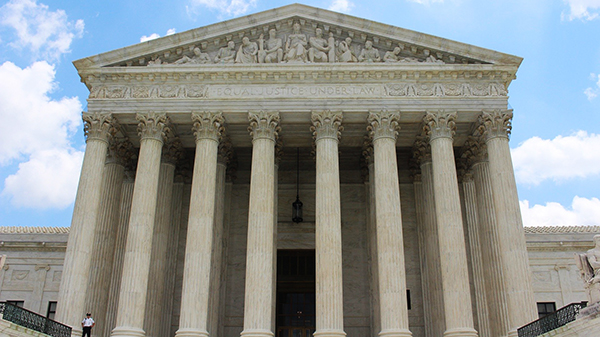Last spring, four Alabama middle school students were arrested in Daphne for exchanging nude photos of themselves. The students “were charged with possession of material harmful to minors, a misdemeanor,” the Mobile Press-Register reported.
Later that year, Montgomery police say another 12-year-old boy was arrested for similar charges.
Throughout the past year, similar stories have continued to rise to the forefront of local cases in Indiana, New Jersey, Vermont and Ohio — to name a few. But the ever-increasing “bad decision making” is garnering more legal attention than anticipated and prosecutors’ use of stringent child-pornography and sex-offender laws has ignited a debate.
In New Jersey, a 14-year-old girl was charged with child pornography and distribution of child pornography after posting 30 nude portraits of herself on MySpace.
“Do we really want to tag this 14-year-old girl as a sex offender for the next 30 years?” asked Bill Albert, spokesman for the National Campaign to Prevent Teen and Unplanned Pregnancy. “Communities nationwide are scratching their heads about what role, if any, law enforcement should play in these cases.”
In many cases, being convicted of child pornography also invokes Megan’s Law — requiring all sex offenders to be registered in a public-access list — which troubles some legal scholars and children’s advocates. They say a statute intended for serial child molesters should not be used to punish an indiscreet teen that gets carried away with high-tech flirting.
Even Maureen Kanka, the mother of the girl after whom Megan’s Law is named — a 7-year-old raped and killed by a twice-convicted sex offender living nearby — said the 14-year-old girl should be undergoing counseling, not prosecution.
But a key hurdle for prosecutors in these cases is that technology has outpaced the legal system. Most states don’t have laws specifically addressing teens that transmit explicit images, a practice sometimes referred to as “sexting.”
In Ohio, lawmakers want to make sure teens accused of sexting are not labeled felons and sex offenders.
Under a proposed bill, sending, receiving and viewing electronically transmitted nude pictures of juveniles by juveniles would be a misdemeanor. The same acts would still be a felony for adults.
The idea of having mandatory sex offender registration for any juveniles involved in sexting-type cases is terrible, said Case Western Reserve University assistant professor Carmen Naso, who formerly headed the juvenile division of the Cuyahoga County prosecutor’s office.
If a new law is passed, juveniles would more likely face probation or be placed in an education program, though a judge could still sentence them to a short stint in a local juvenile facility. But they would not be labeled a sex offender.
Currently, felony child pornography charges are the only charges that cover the transfer of nude photographs of underage teenagers, even between one another.
According to the U.S. Department of Justice Citizen’s Guide to Federal Child Exploitation and Obscenity Laws, “Child pornography is defined by law as the visual depiction of a person under the age of 18 engaged in sexually explicit conduct. … Notably, the legal definition of sexually explicit conduct does not require that an image depict a child engaging in sexual activity. A picture of a naked child may constitute illegal child pornography if it is sufficiently sexually suggestive. … Moreover, people possessing, receiving, distributing or producing child pornography can be prosecuted under state laws in addition to, or instead of, federal law.”
Similarly, after cases arose in Vermont, lawmakers have proposed legislation to separate what teens (persons ages 13 to 18) do between themselves and adult crimes.
No such laws have yet been established for Alabama.
About 20 percent of teenagers say they have sent or posted nude or semi-nude pictures or videos of themselves, according to a survey released in December by the National Campaign to Prevent Teen and Unplanned Pregnancy, which interviewed nearly 1,300 people. Roughly a third of 20-somethings said the same.
Such images floating in cyberspace can sink the best of college or job applications. They can become painfully embarrassing. Teens can use them to harass one another. And they can attract predators, said Ernie Allen, president of the National Center for Missing and Exploited Children. (Religion News Service, TAB)






Share with others: